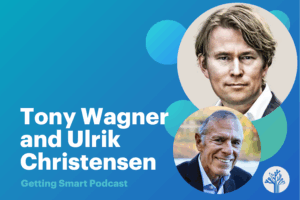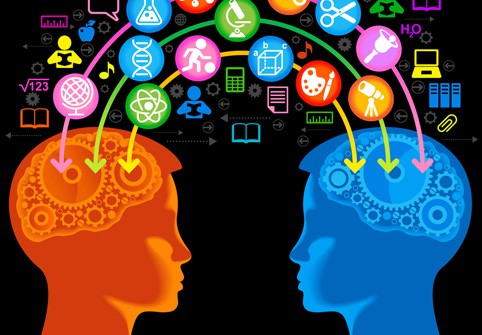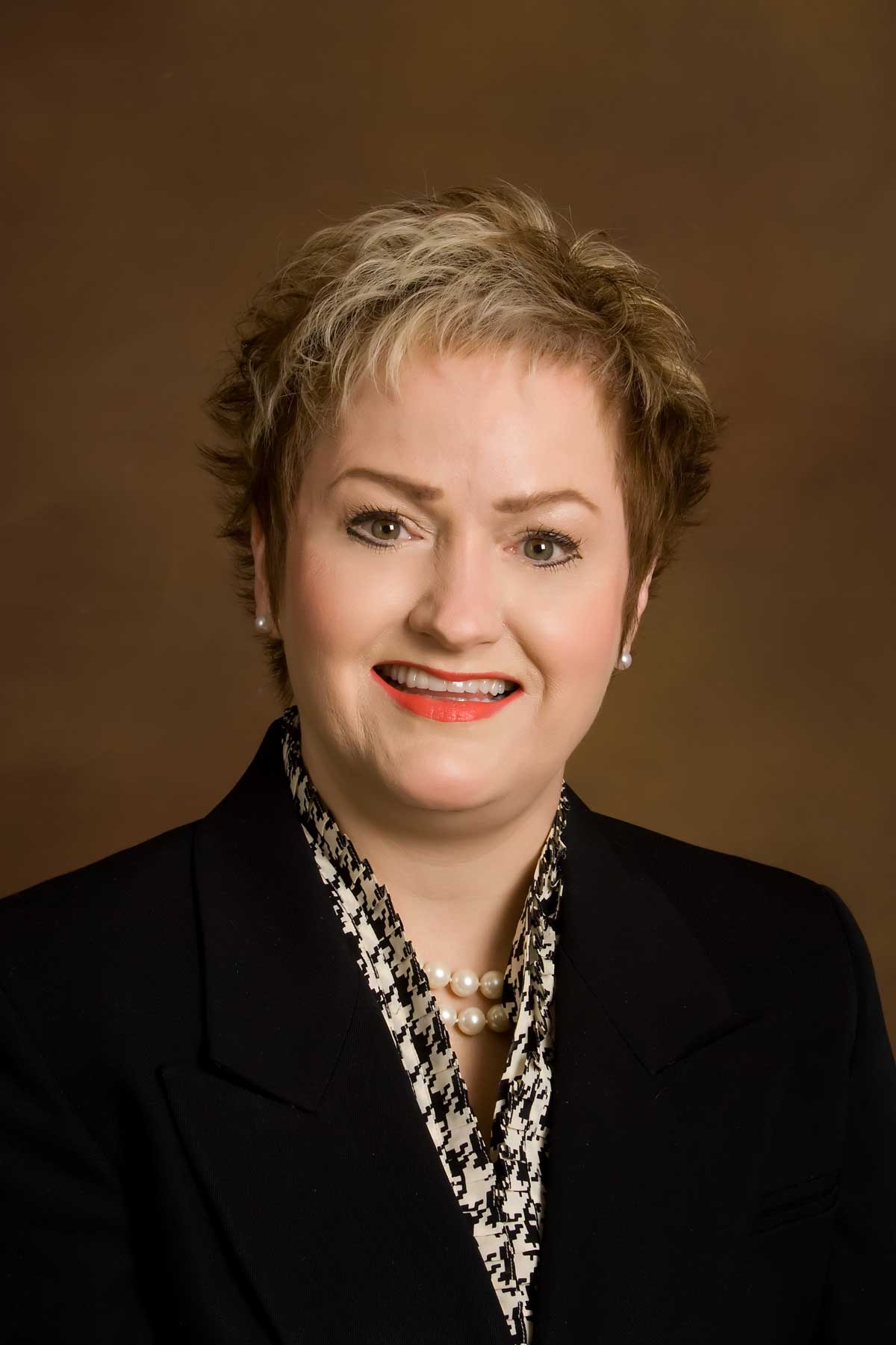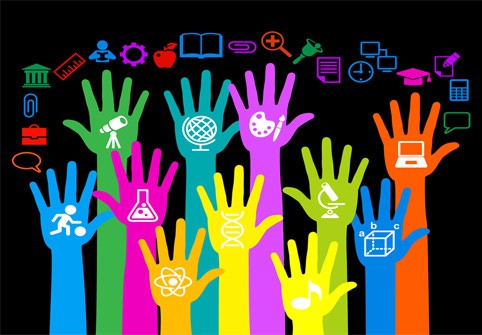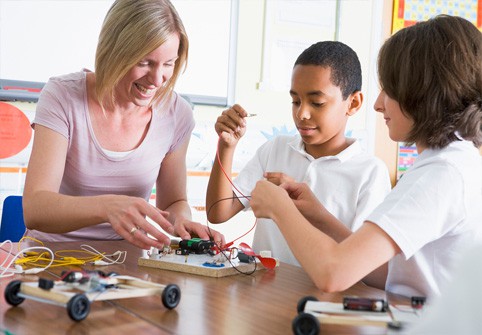STEM
Big History: An Organizing Principle for a Compelling Class, Block or School
After Bill Gates saw a series of lectures by David Christian on big history Gates said, "He really blew me away. Here's a guy who's read across the sciences, humanities, and social sciences and brought it together in a single framework. It made me wish that I could have taken big history when I was young, because it would have given me a way to think about all of the school work and reading that followed. In particular, it really put the sciences in an interesting historical context and explained how they apply to a lot of contemporary concerns."
Math Game Transforms Classrooms in 3 Critical Ways
Recently, Colorado Springs School District 11 was honored to receive the Rising Star Award from MIND Research Institute for our implementation of Spatial Temporal Math (ST Math or “JiJi Math”). Our experience of leveraging JiJi Math across 36 elementary schools for our 13,000 students has proven to be a valuable opportunity for systems learning, and our partnership with MIND is a story of improvement by the numbers.
How Augmented Reality Can Change Teaching
The technology behind Augmented Reality is taking a real-world view and enhancing it with computer-generated imagery. Whether this is done by using a computer monitor and camera or fitted goggles to imprint imagery in the lenses, augmenting in this manner has great possibilities for a variety of tasks.
Four Strategies in Four Years that Will Transform a Community Forever
Annually, for more than 45 years, the city of Reynoldsburg, Ohio has celebrated the Tomato Festival-- a nod to its heritage as the birthplace of the commercial tomato. This middle-America town also boasts one other claim to fame: A so-called "traditional" LEA, namely Reynoldsburg City Schools (RCS), which is poised to be a breakout star among serious implementers of thoroughly re-engineered conceptions of learning and schooling.
Training Future Surgeons—With Videogames?
Researchers have found that high school- and college-age gamers are better virtual surgeons than medical residents, reports Colin Lecher on the Popular Science website.
Q&A: Teacher Turned Game Designer Shares Lessons From The Biggest Story Problem
The Biggest Story Problem, a independent documentary film aimed at examining the decline in math proficiency in the U.S. with global solutions, releases this year. The team at Imagine Education, a multimedia group capturing stories in education, dove into the decline of math learning in schools across the country.
System Upgrade: What Math Can Do For You
“Why do we have to learn Algebra?” was the question a student asked me one day in the middle of class. I hadn’t been teaching very long so I wasn’t entirely sure what to say. I tried to ignore it but he asked again so I came up with some lame reasons like, “you’ll need it later,” or, “lots of jobs use algebra every day,” — but the more I looked at what I was teaching, the more unconvincing this sounded — even to me.
Dell Foundation Gives $500k Grant to ST Math Education Initiative in New York City
The Michael & Susan Dell Foundation is providing a $500,000 grant to the education non-profit MIND Research Institute to bring its innovative, visual math education program to 6,000 New York City elementary school students in 2012, in a blended learning environment. Currently used in six of the nation’s 10 largest public school districts, students and teachers using the program have on average doubled growth in math proficiency.
Use Google Drive as a “Stepping Stone” to 3D Learning
Craig Roberts, assistant director of education at the Duke Institute for Brain Sciences, believes his students learn better when they explain things visually. So, he has them build fruit fly brains out of Play-Doh, and construct human brain cells out of miscellany from The Scrap Exchange, a local nonprofit creative reuse center. More often, he sends them to the whiteboard to illustrate core concepts using a splash of color and lots of lines.
High School Wind Energy Project Inspires College Careers in STEM
Wind is the fastest growing source of renewable energy in the world today and the students at Camden Hills Regional High School in Rockport, Maine, have learned that first hand. Six months after the commissioning of the school’s NPS 100 wind turbine, the students, teachers and community have grown accustomed to the 121-foot-tall, sleek white tower that stands next to the athletic fields.


